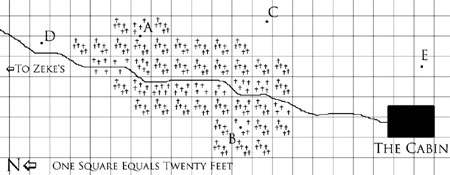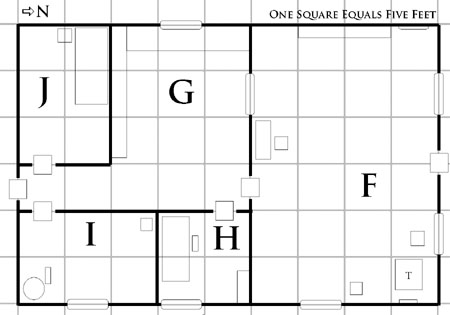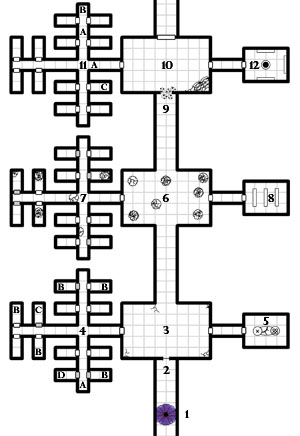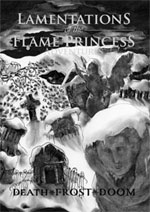The Playstation Move and the Kinect will both fail.
This isn’t because they aren’t worthy technology: The Kinect is potentially revolutionary and slagging the Move because it’s dupiing the Wii’s controller is like slagging the Sega Genesis because it duped the NES controller. It’s obviously true. It’s also irrelevant.
But they will fail. Because add-on controllers for video games will always fail.
THE SIMPLE MATH
There have been 40 million X-Box 360s sold worldwide. The cut-off point for the Top 10 games sold for the X-Box 360 is Fable II with 2.6 million copies. Which means that if you can sell your X-Box 360 game to just 6.5% of your potential customers, you can break into the Top 10 list (which would obviously qualify your game as a huge success).
Now, let’s assume that the Kinect is a huge success as a technology platform and sells to 25% of X-Box 360 owners. This would mean 10 million Kinects sold with somewhere between $1 and $1.5 billion in total sales. Huge success for Microsoft.
Despite this massive success for the Kinect, however, the developer of a Kinect game is still going to be struggling: In order to sell the same 2.6 million copies of a Kinect game, they now need to achieve a 26% market penetration.
In other words, under this incredibly rosy scenario for Kinect, a developer has a choice: If they develop a non-Kinect game, their potential audience is 40 million customers. If they develop a Kinect game, on the other hand, their potential audience is 10 million and they’ll have to literally quadruple their performance in order to achieve the exact same success.
That decision is practically a no-brainer. Which is why game developers rarely develop games for add-on controllers and virtually never bother developing AAA titles for them.
IT GETS WORSE
But in practice things are even worse for the Kinect.
The second best-selling game on the X-Box 360 is Call of Duty: Modern Warfare 2, which sold 7.5 million copies on the platform. But total sales for that game are almost twice that (at least 14 million, possibly more than 15 million). If it had been a Kinect game (and thus exclusive to the X-Box 360 platform) none of those additional sales would have happened. One of the most successful video games in history would suddenly only be half as successful.
Which means that a game developer doesn’t have to just quadruple their performance with a Kinect game, they actually have to increase it by seven- or eight-fold in order to match their potential success with a non-Kinect game.
THE (NOT SO) BIG PREDICTION
Of the two technologies (Move and Kinect), I trivially predict that Kinect will be more successful. Not because it’s cooler or more innovative (although that may attract a few developers in its own right), but because I believe it will be easier for designers to incorporate Kinect-enhancements into games which will not require the Kinect (and can therefore still be marketed to the total X-Box 360 market and ported to other platforms).
For example, in Assassin’s Creed 2 there’s a section where one of the NPCs suddenly stops talking to the protagonist and instead turns to the camera and begins directly addressing the player. (Which, in itself, was a pretty nifty bit of meta-narrative since you’re actually playing as the guy who’s playing the Assassin’s Creed 2 simulation.) The effect is pretty cool. But it would have been even cooler if the game had a Kinect-enhancement which allowed the NPC to look directly at me no matter where I was sitting in the room (or even follow me around if I chose to get up and move around).
If I was Microsoft, I’d be doing everything in my power to convince AAA developers to include these kinds of subtle “Kinect Enhancements” to their games. If they could pull it off, they might even find the magic bullet to disprove my prediction: Making the X-Box 360 version of every AAA title into the “best” version of that game would not only help to sell the Kinect hardware (since every game you buy would make the Kinect more valuable to you), it could also prove to be a potentially devastating blow for Microsoft’s competitors (turning even cross-platform AAA releases into something akin to a “semi-exclusive” for the X-Box 360).


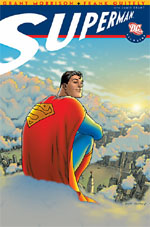
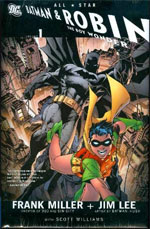
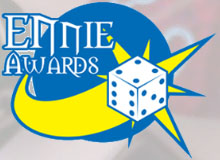 I was never really able to take the ENnie Awards seriously after they nominated the truly god-awful
I was never really able to take the ENnie Awards seriously after they nominated the truly god-awful 